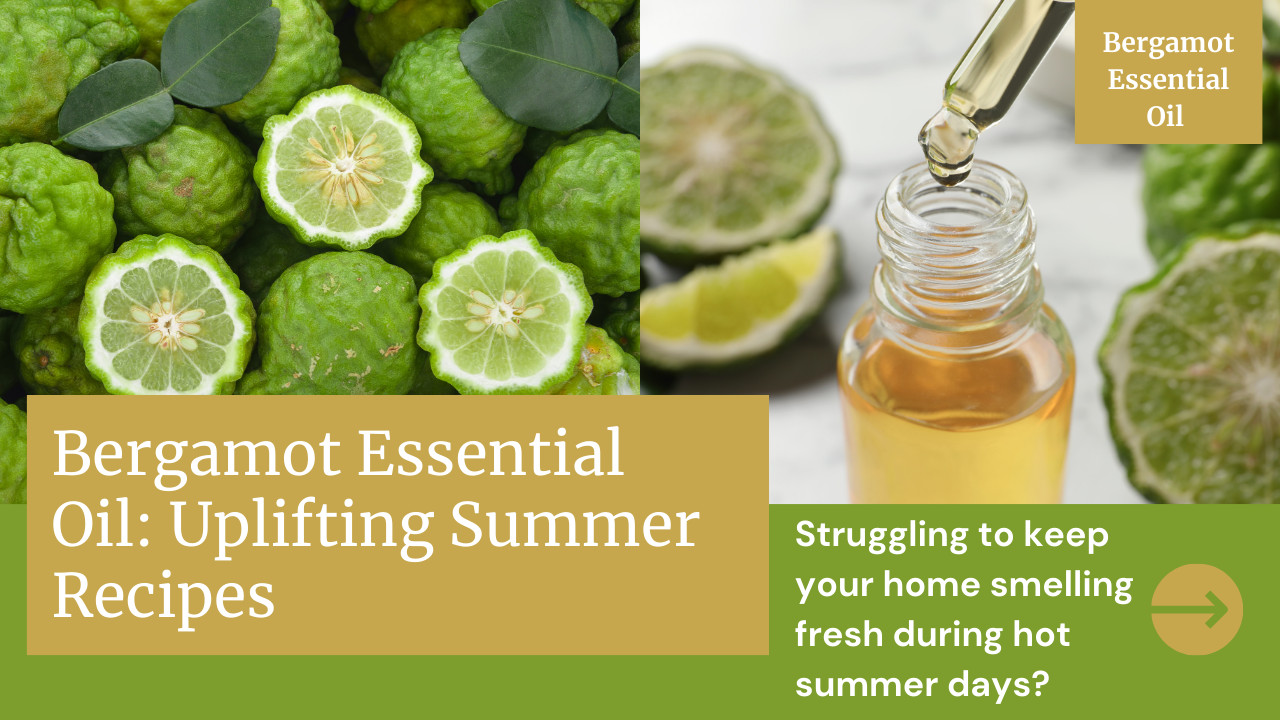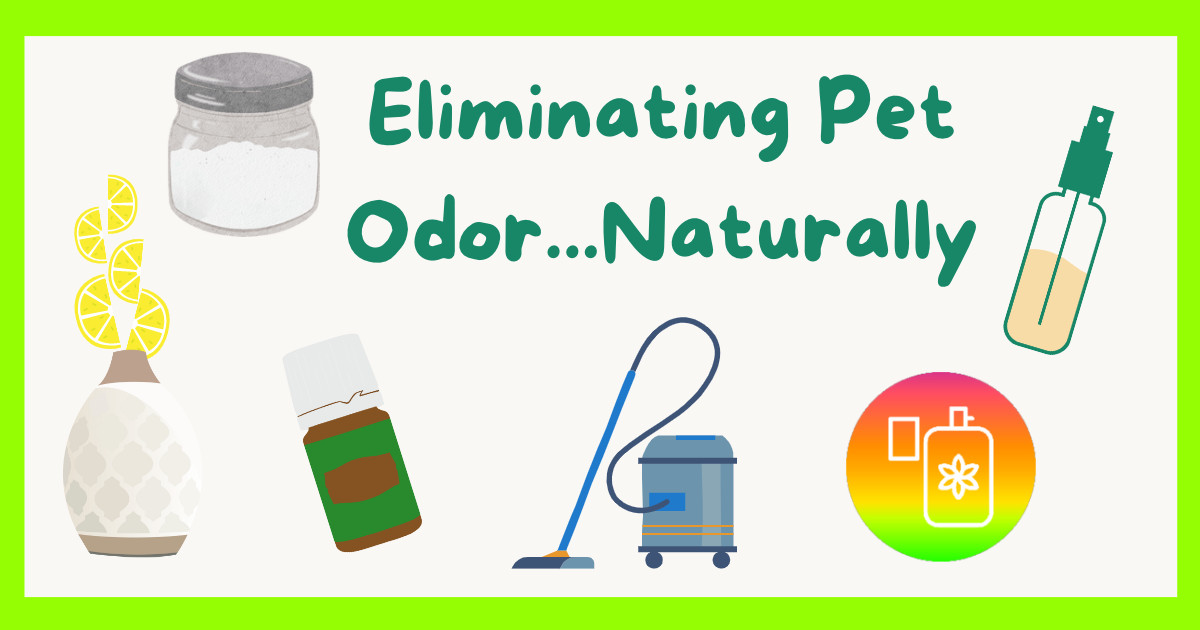If you’ve ever Googled “essential oils for headaches” or just wanted a natural way to ease that band of pressure around your temples, this is for you. When that head tension starts creeping in, it’s easy to brush off the signs or reach for the most obvious thing. But those little cues—like pressure behind the eyes or tightness in the neck—are often your body’s way of asking for support. That’s where essential oils can shine. With the right oils, you can create a calming, aromatic experience that helps ease tension and discomfort—naturally, and often surprisingly fast.
As a horse and dog mom, I’ve learned the power of reaching for something that supports my body—not just the symptom. Whether I’m at the barn, out on a trail, or wrapping up a long day, essential oils help me care for myself in a way that feels intentional and aligned.
Think of this post as your go-to guide for easing occasional head tension using nature’s toolbox. We’ll look at causes, a few helpful pressure points, and five of the best essential oils—plus a couple of bonus blends you’ll want to keep in your wellness kit!
What Are Essential Oils (and Why Are They Helpful)?
Essential oils are highly concentrated plant extracts—basically the lifeblood or aromatic essence of the plant. They’re obtained through steam distillation or cold pressing, and each one contains unique properties depending on the plant it’s derived from. When inhaled or applied, they can support physical and emotional wellness in many ways.
Many essential oils have cooling, calming, or stimulating properties that can support the body’s natural response to tension and discomfort. These oils can be part of your self-care routine when head discomfort strikes.
How to Use Essential Oils for Head Tension
Before we dive into the top essential oils, let’s talk about how to actually use them. Here are a few simple, effective ways to get the most out of each oil:
1. Make a Roller Bottle
Dilute your oils in a carrier oil (like fractionated coconut oil or jojoba) and apply to your temples, the back of your neck, or across your forehead. This is one of the easiest ways to use oils for head tension on the go. Just be sure to give the eye area a wide berth—essential oils can cause irritation or make your eyes water if the aroma is too strong or they’re applied too close.
(And if that ever happens, reach for more carrier oil—not water—to gently wipe it away and dilute it further.)
Pro Tip: When making your roller, a total of 10 drops of essential oil in a 10 ml bottle is often enough—especially for regular use. You can go up to 20 drops max if you prefer something a bit stronger, but starting low is usually best.
2. Diffuse Them
Diffusing is a great way to create a calming atmosphere and support relaxation aromatically.
3. Make a Scent Tent
Place 1 drop of oil (or a premade blend) into your hands, rub them together, cup over your nose, and inhale deeply.
Bonus: Pair with breathwork to boost the effect.
Now that you’ve got your methods ready, here are six essential oils that are favorites for supporting a sense of relief during head discomfort...
Top 6 Essential Oils for Easing Head Tension
Here are six essential oils that are favorites for supporting a sense of relief during head discomfort.
1. Peppermint
Peppermint oil is probably the most well-known for head tension. Its main component, menthol, delivers a cooling sensation that many find soothing. It can help release muscle tightness and promote a sense of clarity.
How to use: Roll on and massage gently into temples, back of neck, or shoulders. Diffuse with lavender for a relaxing aroma.
Pro tip: Keep a pre-diluted roller in your bag for on-the-go use.
2. Lavender
Lavender is a calming classic. It supports relaxation and can ease the tension that builds up from stress or lack of sleep. It’s also a great option for evening use when you want to wind down.
How to use: Diffuse in the bedroom before bed or apply to the temples or wrists. You can also add a drop to your pillowcase.
Barn & dog mom tip: Lavender is one of the more animal-friendly oils too—bonus if your dog is snuggled up with you while you relax!
Gentle and soothing, Copaiba is known for its ability to support the body’s natural response to discomfort. It’s also a powerful amplifier—meaning it enhances the effects of whatever oil it’s paired with (like peppermint or lavender).
How to use: Add a few drops to your roller blends to boost their effectiveness or apply (diluted) to the temples, jawline, or neck.
Why it’s a favorite: It’s incredibly mild and ideal for sensitive skin or anyone looking for a more grounding, calming oil.
4. Frankincense
This grounding oil supports overall wellness and has been used for centuries to quiet the mind and encourage deep breathing. It may help with emotional tension that contributes to head pressure.
How to use: Combine with lavender or peppermint in a roller and apply across your forehead or crown of head.
This refreshing oil is especially helpful when head tension is tied to sinus pressure, congestion, or seasonal changes. It has an opening, clearing aroma that’s great when you’re feeling foggy or stuffy.
How to use: Add a few drops to a diffuser or a bowl of warm water and inhale. For topical use, dilute and apply to the chest and neck.
6. Basil
This lesser-known gem is fabulous for tension—especially when your temples feel tight or your neck is stiff. Basil’s warming properties help support circulation and release muscle tightness.
How to use: Make a roller with peppermint and massage into neck and shoulders.
Bonus blend idea: Combine basil, lavender, and frankincense in a 10ml roller for a soothing, herbaceous head tension blend.
If you're looking for essential oil blends that bring together several powerhouse oils in one bottle, M-Grain™ and AromaEase™ are two must-haves for your natural head tension toolkit. These blends are thoughtfully crafted to support a sense of calm, comfort, and grounding when you're feeling off-balance.
This is a go-to blend for head tension among seasoned oil users. It includes:
Basil, Marjoram, Lavender, Peppermint, Roman Chamomile, and Helichrysum
Each oil supports the body in different ways—cooling, calming, relaxing, and grounding—making it a favorite for those looking to ease muscle tightness or support quiet, low-light downtime.
How to use: Dilute with a carrier oil and apply to temples, the base of the skull, or the forehead. Many also enjoy diffusing it in a dark, quiet room.
AromaEase™ is another gem, particularly when head tension is paired with emotional or digestive unease. It includes:
Peppermint, Spearmint, Ginger, Cardamom, and Fennel
This blend offers a refreshing, minty aroma with a hint of warmth. It’s soothing to the senses and can help restore emotional balance—perfect for when tension is layered with overwhelm or that “on edge” feeling.
How to use: Apply (diluted) over the chest, behind the ears, or across the neck. It’s also wonderful in a diffuser when you're trying to reset your day.
Holistic Support: Addressing the Root Causes
Occasional head tension is something most of us have experienced—whether it’s after a long day, a busy barn morning, or simply from not drinking enough water (guilty!). If you’re feeling that familiar tightness or pressure, the essential oils above can be a beautiful first step to support your body and promote comfort.
That said, if you’re noticing that headaches or migraines are happening frequently, getting more intense, or disrupting your daily life, it’s always a good idea to talk to a healthcare provider. Natural remedies can absolutely support your wellness, but they’re just one piece of the puzzle.
First, Enhance Your Essential Oils with These Simple Tools
Sometimes, the best way to get more from your oils is to pair them with easy lifestyle habits that help your body shift into relaxation mode:
Hydration
Before anything else—drink some water. Dehydration is one of the most common contributors to head tension, especially after being outside, working with animals, or just living a dry-climate life.
- Tip: Consider adding electrolytes or trace minerals to your water for better absorption.
Rest & Darkness
Sometimes, the best remedy is simply creating a quiet space to reset. Bright lights, noise, and overstimulation can intensify discomfort.
- Dim the lights, silence your phone, and lay down with a calming diffuser blend going (lavender + frankincense is a favorite).
- Even 15–20 minutes can help your nervous system and make a difference.
Cold Compress or Warm Compress
Choose based on the kind of discomfort you're feeling.
- Cold compress: Great for sharp or pulsing tension—apply to the forehead or back of the neck.
- Warm compress: Ideal for tight muscles or stress-based tension. Try a warm rice bag across your shoulders while diffusing oils.
Try These Acupressure Points with Oils
Pairing essential oils with gentle pressure on certain points can amplify the benefits. Here are a few to try:
Temples: Use circular pressure with diluted peppermint or lavender.
Yintang (third eye): Apply frankincense or lavender between the eyebrows for calming.
Gallbladder 20 (base of the skull): Gently press just under the skull on either side of the neck. A great place to apply M-Grain.
LI4(hand): This point is in the webbing between your thumb and index finger. Apply diluted basil or peppermint and gently press.
Massage neck, shoulders, and jaw to help release stored tension—especially helpful after riding, computer time, or stress.
Breathwork & Meditation
Shallow breathing and mental overload often go hand-in-hand with head tension. Slowing your breath or using short meditation sessions can support mental clarity and calm.
- Try a simple box breathing technique (inhale for 4, hold for 4, exhale for 4, hold for 4).
- Pair with calming oils like cedarwood or frankincense.
Want these tips in a printable format?
Download my free toolkit — How to Use Essential Oils for Head Tension — a one-page cheat sheet with essential oil pairings and holistic tips you can keep on hand or stick to your fridge.
When Head Tension Is a Pattern: Dig a Little Deeper
Sometimes, recurring head tension is your body’s way of waving a little red flag. That’s also why it’s worth taking a step back and looking at the bigger picture. What feels like random head tension is often your body trying to get your attention. Poor sleep, missed meals, ongoing stress, or even nutrient imbalances can quietly contribute.
Prioritize Sleep
Sleep is foundational. When you’re overtired, your body has a harder time managing stress and muscle recovery.
- Stick to a consistent bedtime, and create a relaxing nighttime routine (yes, even if your cat thinks 3 a.m. is playtime).
- Diffuse calming oils like Roman chamomile, cedarwood, or vetiver before bed, and limit screens an hour before sleep.
Diet & Nutrient Awareness
Sometimes food is the root cause—and sometimes it’s what’s missing from the diet that’s contributing.
- Food triggers may include aged cheese, chocolate, wine, caffeine, or processed foods with MSG or additives.
- Deficiencies in nutrients like magnesium or B vitamins may also be a factor. Whole foods like leafy greens, nuts, seeds, and legumes can help support healthy muscle and nerve function.
- Keeping a food journal can help you identify patterns.
Stress, Hormones, & Posture
Lifestyle plays a big role in how your body handles head tension.
Stress: Practice mindfulness, take deep breaths, and give yourself permission to enjoy a hobby that helps you unwind. For me, it’s spending time with my horses—but anything that gets you out of your head and into the moment can make a big difference. Regular stress relief isn’t optional; it’s part of staying well.
Hormones: Hormones can contribute to head tension, especially during PMS or perimenopause. Support balance with oils like clary sage, geranium, or lavender. Reduce exposure to hormone-disrupting chemicals by ditching synthetic fragrances and personal care products, and talk with a healthcare professional to help pinpoint what’s really going on.
Posture: Hours in the saddle or at a screen and desk can affect your neck and upper back. Try gentle stretching or bodywork to unwind.
Final Thoughts
Whether you’re dealing with occasional head tension after a long barn day, pressure from seasonal shifts, or just need a natural way to unwind, essential oils can be a supportive part of your wellness routine. They’re not a cure-all—but they are a beautiful, plant-powered tool in your self-care kit.
If you’re new to essential oils, always start low and go slow. And as always, choose high-quality oils from a company you trust (like one where you can actually visit the farm—I love that part of what I do!).
👉 Click HERE to explore my Essential Oils for Head Tension Toolkit—you’ll find my favorite oils, blends, and a carrier oil all grouped in one place. Pick what speaks to you, or grab the whole bundle!
(That’s an affiliate link, which means I may earn a small commission—at no extra cost to you—if you decide to order. Thank you for supporting my mission to bring natural wellness to horses, dogs, and their amazing moms!)
Have a favorite head tension blend? I’d love to hear about it!
Frequently Asked Questions About Essential Oils and Head Tension
Q: What are the best essential oils for head tension?
A: Peppermint, lavender, copaiba, frankincense, eucalyptus, and basil are commonly used essential oils that can support head tension naturally.
Q: How do you use essential oils for head tension?
A: You can apply them (diluted) with a roller bottle to your temples or neck, diffuse them in a room, or inhale them using a scent tent.
Q: Can essential oils help with sinus-related headaches?
A: Eucalyptus radiata is often used to support sinus pressure. Diffusing it or using it in a steam bowl may offer aromatic relief.
Q: Are essential oils safe to use near the eyes?
A: It’s best to avoid applying oils too close to the eyes. If irritation occurs, dilute with more carrier oil—not water.
💬 Still have questions? Drop them in the comments or send me a message—I love chatting all things oily, horsey, doogy, and holistic living!











I get tension headaches and would love something better than Tylenol.
For example, you could start with:
– 6 drops Peppermint
– 2 drops Lavender
– 2 drops Eucalyptus
Or try a 50/50 blend like:
– 5 drops Peppermint
– 5 drops Lavender
Everyone’s body (and nose!) is different, which is why I like to share my top 6 oils for head tension and their characteristics—so you can pick what resonates most with you. If you're not a fan of eucalyptus, you can swap it out.
Here’s one I made just the other day that I’m really loving:
– 6 Peppermint
– 2 Lavender
– 2 Basil
Let me know what blend you try—I’d love to hear what works best for you!